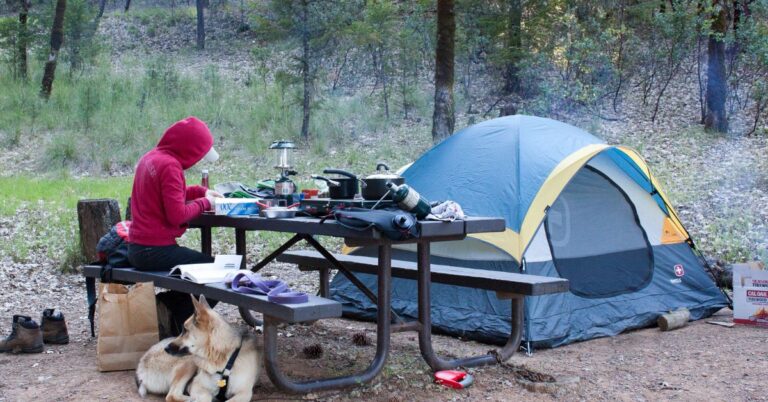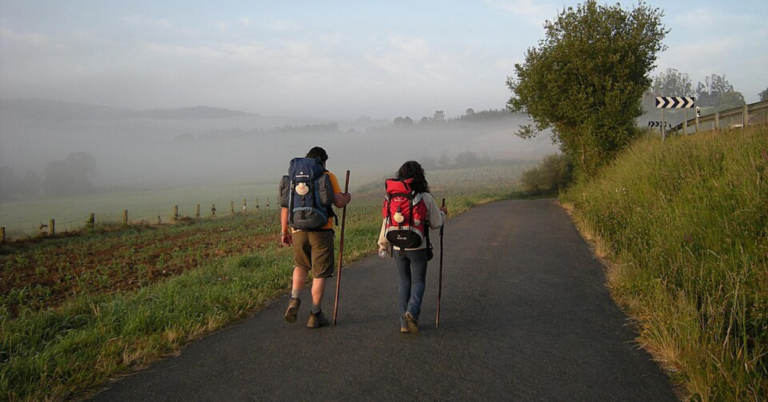15 Mistakes Travelers Make In Aruba
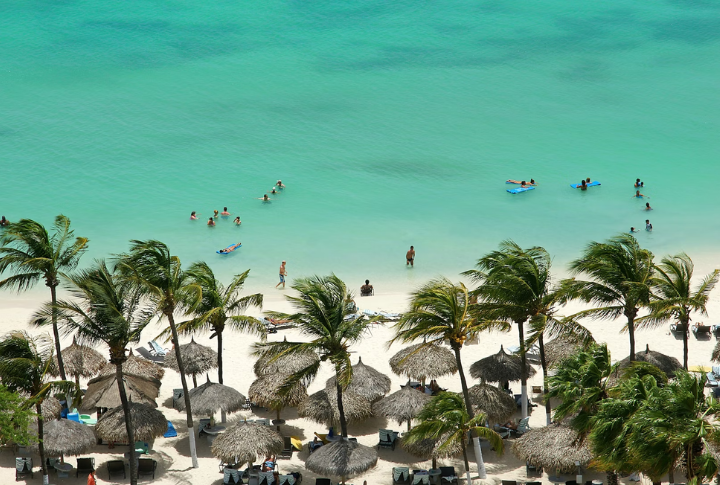
Aruba offers more than perfect beaches—it rewards travelers who come prepared. Knowing what not to do can make all the difference between a trip full of surprises and one that flows smoothly. These tips will help you experience the island at its absolute best.
Skipping Sunscreen In Aruba’s Intense UV

The sun in Aruba doesn’t play around. Its UV index often hits an “extreme” 11. That constant breeze may feel great, but it hides how quickly you’re burning, and it can show up days later. Locals swear by aloe vera, and clinics see a sunburn surge every peak season.
Expecting American Tipping Norms

Tipping works a bit differently here. Restaurants often include a 10–15% service charge in the bill, though an extra tip for great service is appreciated. Tourists sometimes double-tip without realizing it. For taxi drivers and guides, a small, separate tip is usually expected.
Not Drinking Tap Water Out Of Caution

Are you worried about drinking tap water? Don’t be. Aruba’s desalinated supply meets strict WHO standards and is crystal clear. Locals drink it confidently, and so should you. Bottled water adds waste and cost; plus, most hotels now have refill stations anyway.
Wearing Camouflage Clothing

Planning to pack your camo shorts? Think again. In Aruba, camouflage is off-limits for civilians and can lead to fines or customs trouble. The ban also applies to bags and swimwear, and yes—it’s a rule across several Caribbean islands, not just here.
Overpacking Heavy Clothing

You won’t need that jacket as Aruba stays around 82°F all year, and evenings are just as warm. Heavy fabrics feel out of place here. Cotton and linen are ideal, and if you forget to pack light, shops on the island have you covered.
Ignoring Local Driving Rules
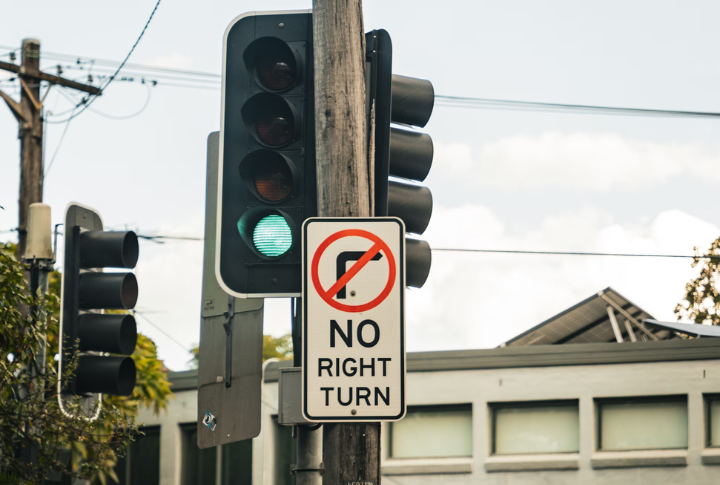
Driving in Aruba means unlearning a few habits. Right turns on red aren’t allowed, and roundabouts plus European-style signs trip up many tourists. With strict traffic enforcement and scooters weaving through traffic, staying alert behind the wheel really pays off.
Underestimating The Island’s Carnival Season
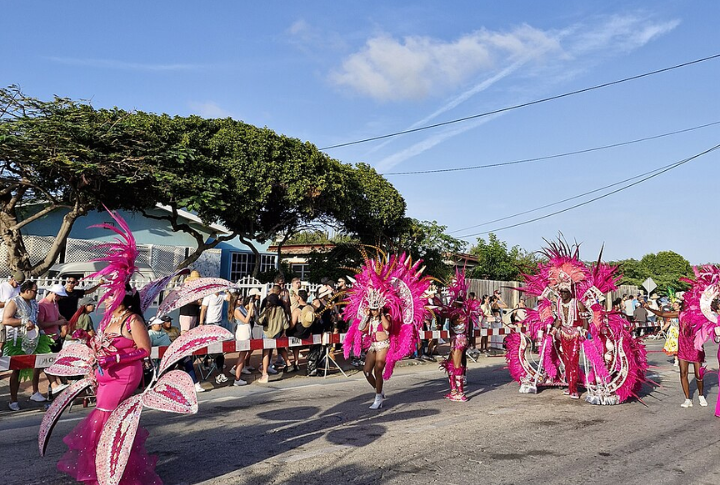
Carnival stretches across six vibrant weeks between January and March. Streets fill with music, dancers, and dazzling costumes during major events like the Grand Parade. Hotels fill fast, and prices climb early. Booking ahead is the only way to secure the best views and festivities.
Staying Only At All-Inclusive Resorts
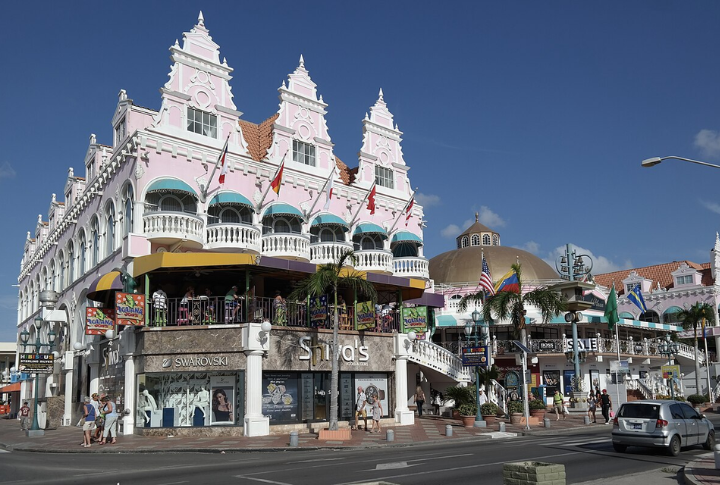
If you never leave the resort, you’re missing the real Aruba. Try Zeerovers for freshly caught seafood, or stroll through a local market for handmade goods. The island’s cultural flavor goes far beyond buffets, and your visit supports small businesses when you explore it.
Forgetting To Reserve Popular Restaurants
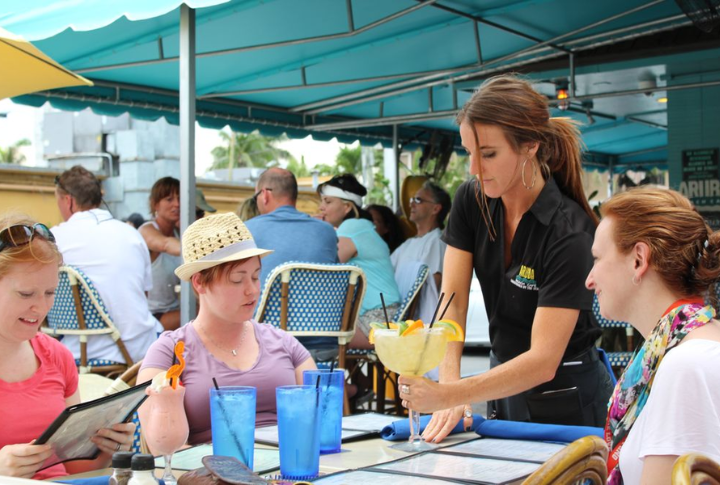
Passions On The Beach and other top spots fill up fast, especially at sunset. Tables with ocean views are limited, and walk-ins during peak season often wait for hours or get turned away. So, if you are a foody, it’s best to book through apps or hotel staff well in advance.
Assuming Aruba Is Just Beaches
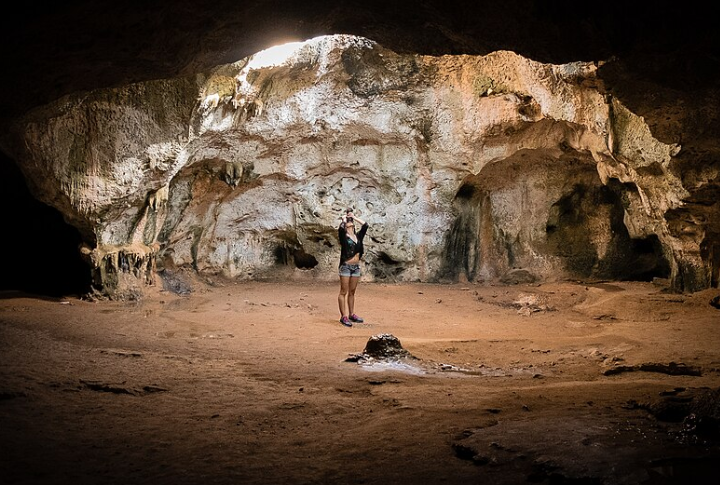
Beyond the coastline lies a totally different view. Nearly a fifth of the island is protected parkland, with lava rock trails, ancient cave drawings, and dramatic desert views. Hike through Arikok or climb into Quadirikiri Cave, and you’ll see just how varied the terrain really is.
Assuming U.S. Dollars Are Always Accepted

Taxis and street vendors usually prefer the local currency. While many businesses take U.S. dollars, you might get change in florins or face rounded-up prices. Credit cards may also auto-convert at poor rates, though ATMs offer the option to withdraw either currency.
Booking During Hurricane Season
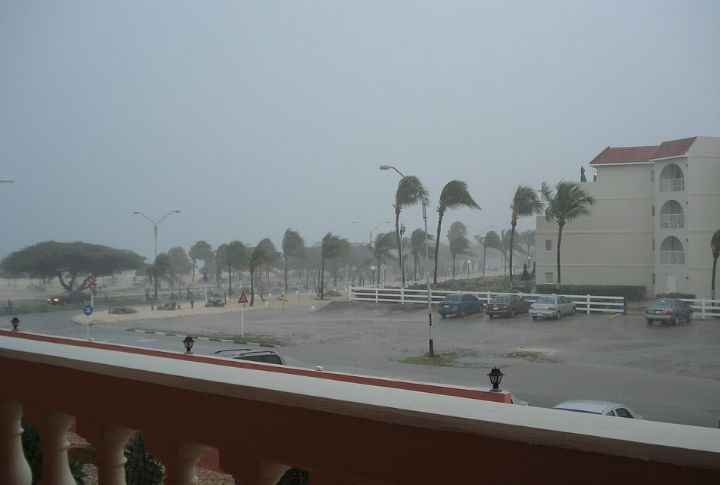
Even though Aruba sits outside the hurricane belt, September and October still bring higher humidity and short bursts of heavy rain. Cloudy skies often cut into beach time, and tours get rescheduled. Travel insurance is strongly recommended if you’re visiting during these months.
Misjudging Aruba’s Windy Weather
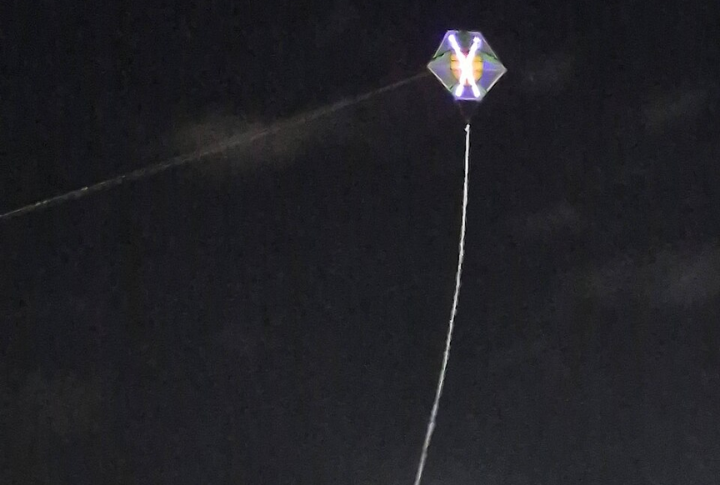
The breeze might feel refreshing, but steady trade winds—often 15 to 20 mph—bring surprises. Umbrellas flip, hats vanish, and even your lunch napkin may take flight. While it keeps the heat down, it also speeds up dehydration. On the upside, it’s perfect for kitesurfing.
Not Renting A Car For Exploration
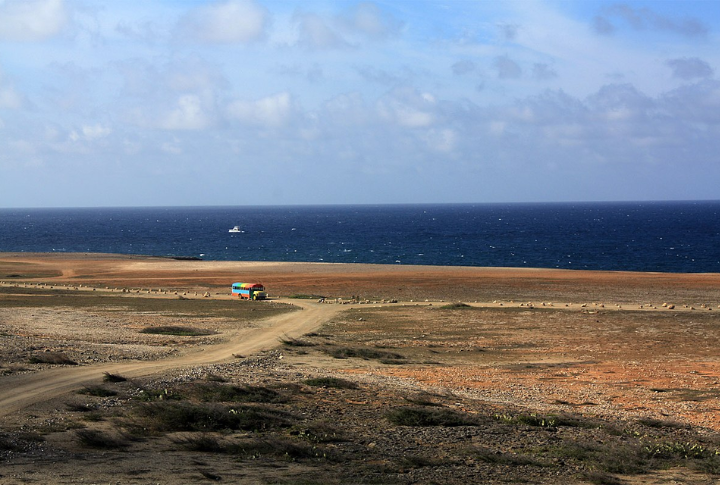
Public transit won’t get you to places like Baby Beach or Arikok National Park, and long rides can get pricey. Renting a car gives you full access, with easy-to-follow English and Dutch signage. Relying on taxis means missing out on Aruba’s more remote spots.
Skipping Snorkel Or Dive Excursions
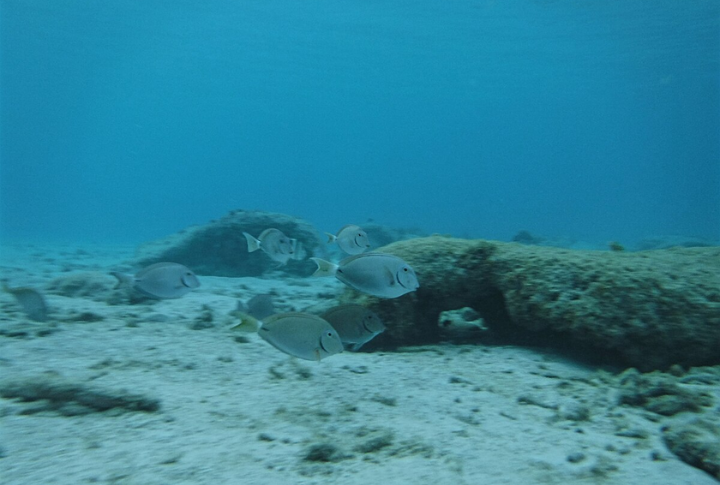
There’s a whole world below Aruba’s surface—and it’s worth seeing. Water visibility reaches 100 feet, and tours are beginner-friendly and accessible. Dive to check out the SS Antilla wreck or snorkel at Mangel Halto and Boca Catalina, where parrotfish and sea turtles glide through coral reefs.





